Tone Projects – Kelvin Tone Shaper (Windows)
£21.99
Guaranteed Safe Checkout

Features & Compatibility

Key Features

Interactive dual-stage saturation
Kelvin is built around two flexible saturation stages which can be arranged in series, parallel, or in mid/side for unique and complex sonic interactions. You get a deep lively sound, and a huge palette of tones available just by exploring combinations of models, order, and gain staging. Dial in some low-end transformer thickness and drive it into a tube stage for a touch of high-end sweetness, or find the perfect blend between “buzzy” diode clipping and warm tube overdrive.
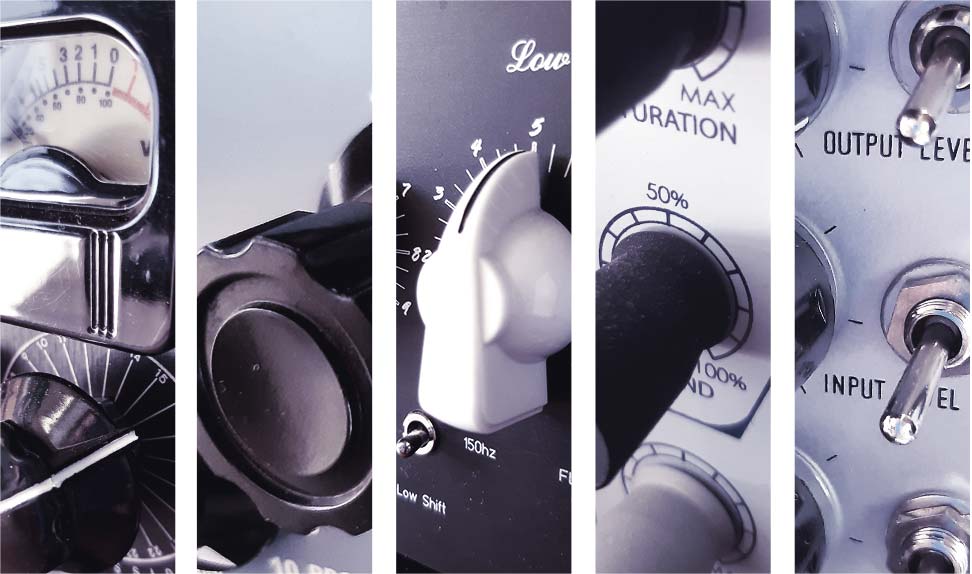
Uncompromising detail
With carefully tuned algorithms and high fidelity oversampling Kelvin goes from subtle coloration to hefty tone mangling without ever losing musicality. Choose from 10 extremely detailed and program-dependent saturation models, each offering a distinct sonic flavour. Combine intricate models of renowned analog gear with modern models adding pure 2nd/3rd order harmonics, or custom models integrating qualities from several sources for a sound unique to Kelvin.
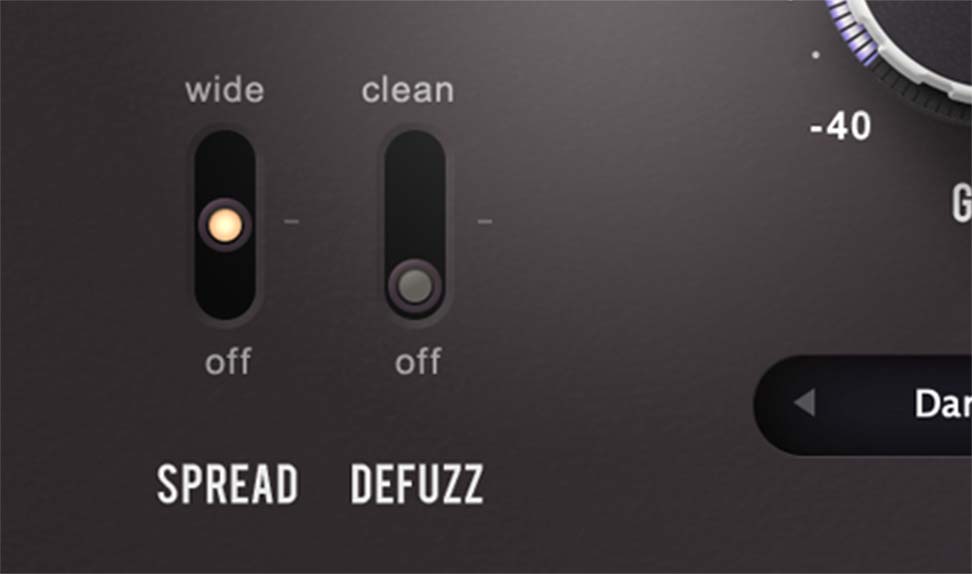
Depth, dimension, and clarity
An innovative harmonic Spread feature allows you to create stereo width by introducing small variances in the harmonics generated on the left and right channel. It’s a unique and natural sounding way to add dimension to both stereo and mono sources, without affecting mono playback compatibility. The De-fuzz option reduces saturation of high frequencies and cleans up artifacts to retain clarity even when the input is driven into distortion.

Creative tonal control
Kelvin’s intuitive pre/post filters give you separate control of frequency specific saturation and equalization. Push or pull frequencies into saturation without affecting tonal balance to fine-tune or radically change the saturation character, and follow-up with EQ for seamless shaping of harmonics, density, and overall tonal balance. Choose from several filters with musical curves and analog-matched magnitude/phase response, or add extra colour with classic Pultec style bands extended with continuously variable frequency controls.



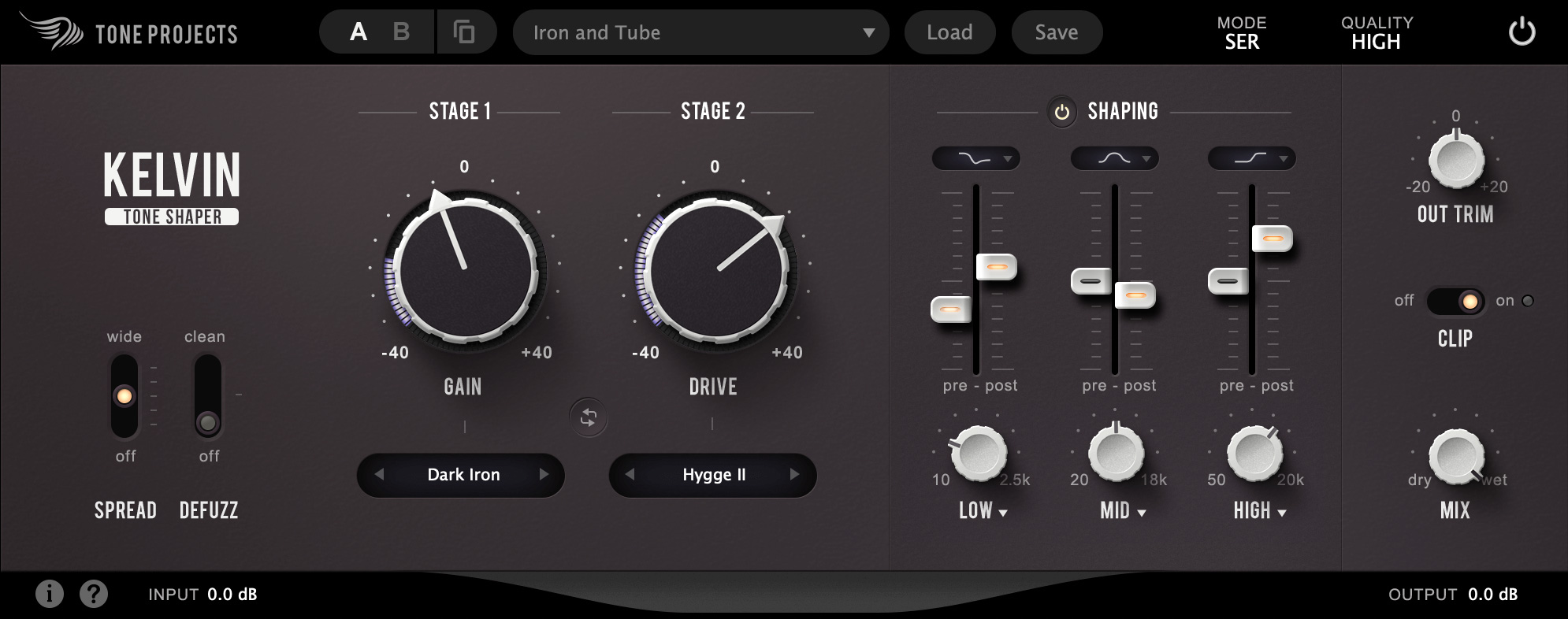

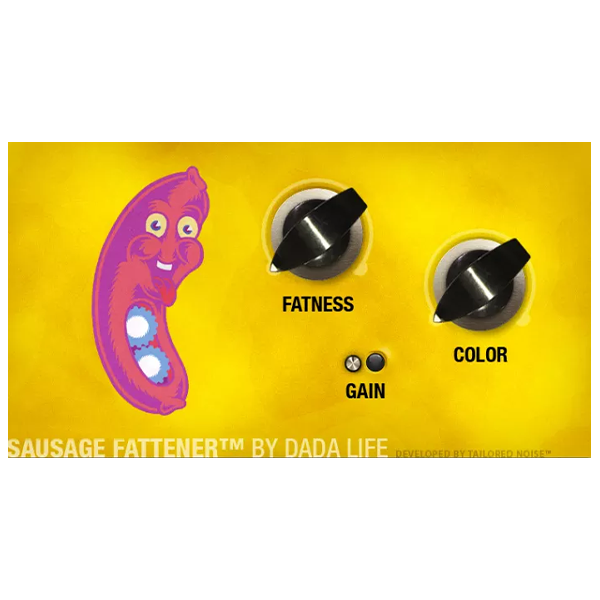
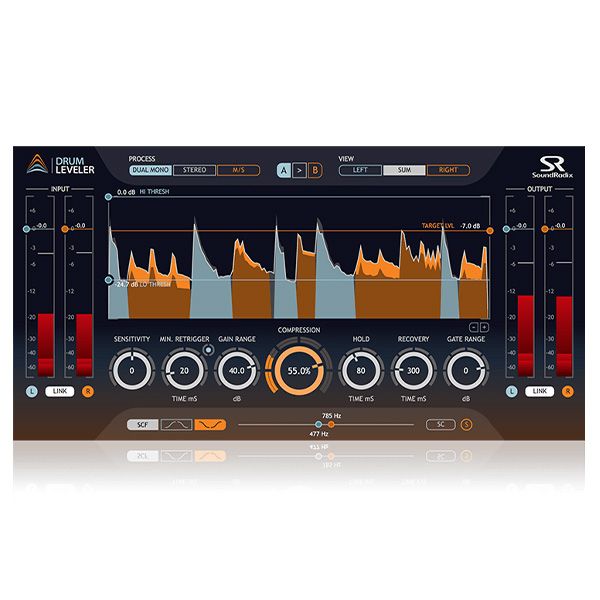

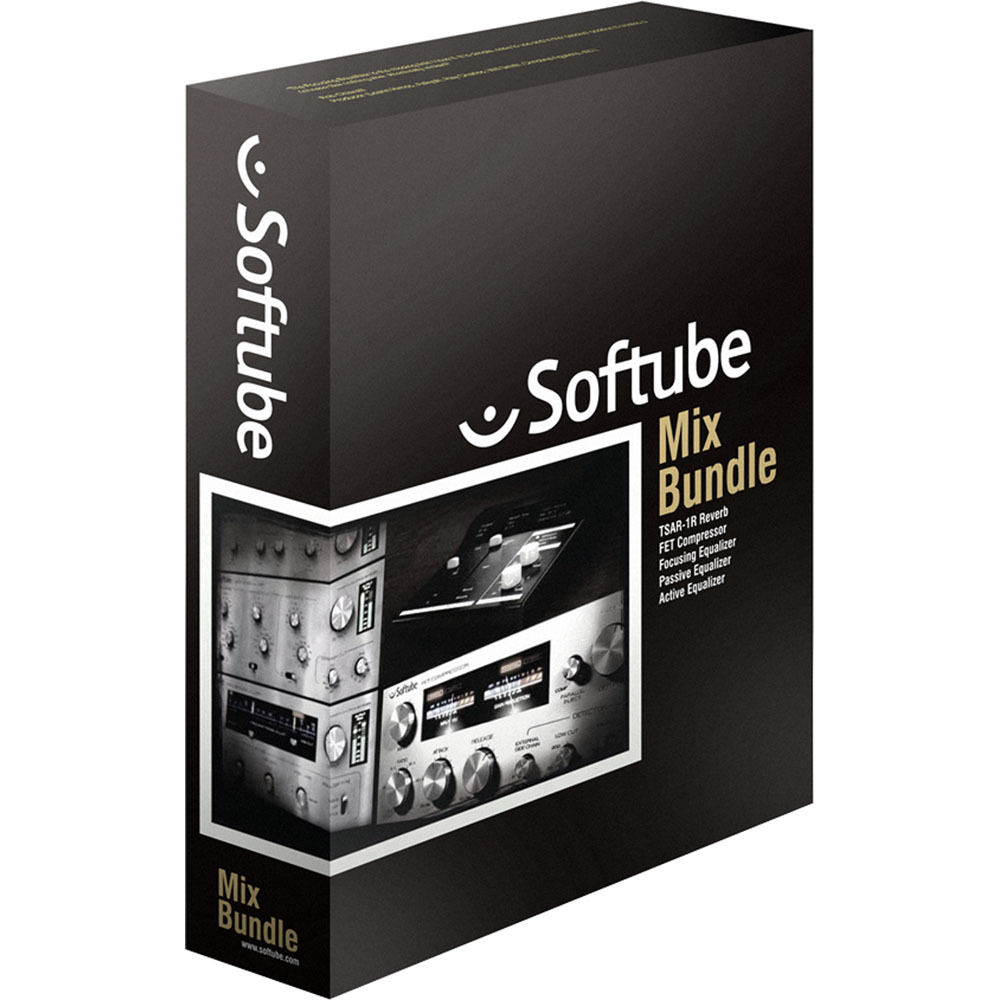


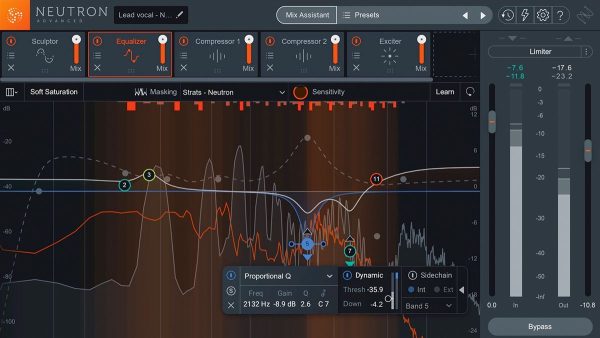
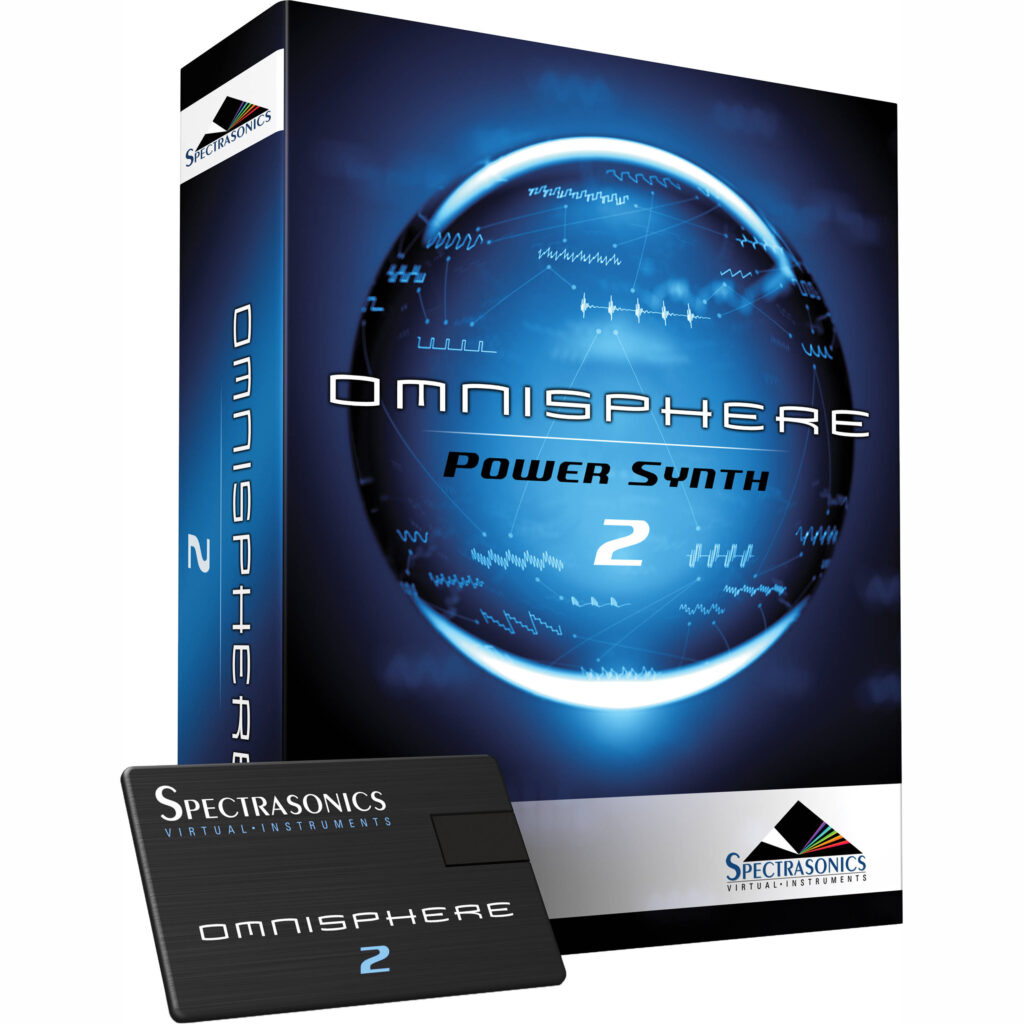
Reviews
There are no reviews yet.